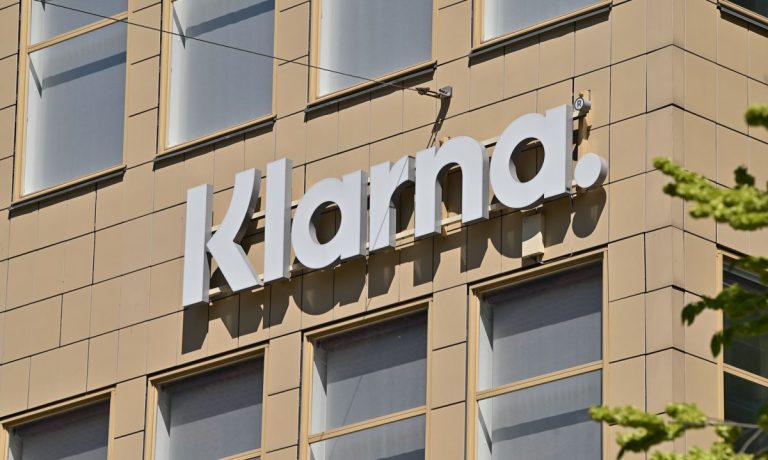
Klarna and payments orchestration platform APEXX have teamed to offer flexible payment options to merchants worldwide.
APEXX’s Connect service, which lets merchants host buy now, pay later (BNPL) services through a single application programming interface (API), has integrated Sweden-based Klarna across all its markets around the world, according to a Thursday (Sept. 7) news release.
“This strategic alliance will help APEXX’s diverse list of merchants reduce their transaction costs, increase sales and access Klarna’s widespread customer base,” the release said. “The partnership will also open up the travel sector for Klarna, a sector where APEXX has a rich list of clients. The partnership between APEXX and Klarna is already in effect.”
Brian Joseph, APEXX’s vice president of partnerships, said in the release the integration means APEXX Connect will now be available in more than 50 markets.
The partnership is happening as consumers continue to turn to BNPL for a variety of uses. For example, in the travel sector that Klarna hopes to capitalize on, younger consumers are using BNPL to fund their trips.
PYMNTS Intelligence found that 30% of millennials and 29% of Generation Z used or anticipated using BNPL to pay for summer travel, versus 5% of baby boomers and seniors.
Meanwhile, 47% of American consumers said they used BNPL to buy restaurant food in the three months before they were surveyed. Another 59% said the same about credit card installment plans.
On one hand, this is good news for restaurants, as it means consumers continue to eat out, even as their budgets are stretched.
“Yet the popularity of these payment methods, stemming from ongoing menu price inflation, is resulting in consumers dining out less frequently,” PYMNTS found.
Last month, Klarna reported earnings for the first half of the year and said it had a profitable second quarter.
“I’m super proud that we have returned to black numbers, with a profitable month in Q223, well ahead of the target we set for later this year,” CEO Sebastian Siemiatkowski said at the time.
The company’s credit losses fell 41% year over year, with a global credit loss rate of 0.39% for the first half of 2023, while its gross merchandise volume climbed 14%.